There was a time when avoiding crowds in museums was a challenge. Getting to the Egyptian mummies at the British Museum before everyone else was a nearly impossible feat, and managing to get a peek of the Louvre’s Mona Lisa without hundreds of people blocking your view was the stuff of myths. But since mid-March, entire collections sit alone in galleries, undisturbed and unappreciated by the throngs of admirers who usually take so much pleasure in looking at them. A report by the International Council of Museums (ICOM) claims that at least 83.5 percent of the museums in the world have been closed due to COVID-19, and although many are currently reopening, the experience of strolling the galleries of Madrid’s Prado and Bilbao’s Guggenheim won’t be the same for a while.
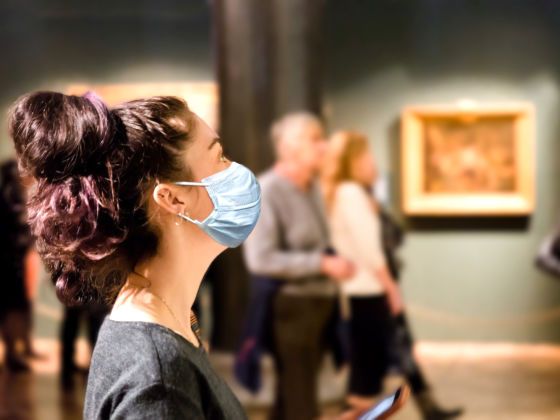
Museums Are Reopening, but the Experience Has Changed Dramatically
What museums, art, and the public lost during the pandemic closures
What museum-lovers gained from the closure
When are museums reopening, and how will visiting them be different?
- The Louvre, Paris
- The Met, NYC
- The British Museum, London
- The Vatican Museums and Gardens, Rome
- MoMa, NYC
- Rijksmuseum, Amsterdam
- Smithonian museums, galleries, and zoo, Washington, DC
- The Prado, Madrid
- The Guggenheim Museum, NYC
- The State Hermitage Museum, St. Petersburg
What museums, the public, and artworks have lost during the pandemic closures
Lovers of art and culture will be deprived of a lot more than the freedom to wander museums unmasked and at their own pace.
The ICOM report on COVID-19’s impact on museums explains the economic consequences of the long closure. Among the museums and museum professionals surveyed in 107 countries between April 7 and May 7, 2020, 12.8 percent said that their institution may close permanently, and over 80 percent said programs will be reduced. The closures are predicted to especially affect parts of the world where museums are recent and few and far between, such as African, Asian, and Arab countries. Well-established cultural institutions in Europe and North America are expected to fare better.
But in the United States, specifically, museums have been losing $33 million per day due to the COVID-19 closure, according to a letter by the American Alliance of Museums dating March 2020. The letter estimated that, without financial help, 30 percent of museums, “mostly in small and rural communities,” will remain shuttered.
That means that access to art and culture will be greatly diminished in regions where there is already limited access, depriving locals from opportunities for education and enjoyment. It also means that, for some nations, the only places where objects reflecting their cultural heritage will be displayed will remain the large, well-funded museums of Europe and North America.
Beyond the losses for the public, the objects displayed will themselves be impacted by the economical hardship, especially for the institutions that will close. Eighteen percent of the respondents to the ICOM survey reported that their systems are not adequate to guarantee object conservation, and 11 percent believe that the security measures in place were insufficient before the pandemic or that insufficient measures were taken to deal with the situation. The theft of a Van Gogh masterpiece from a shuttered Dutch museum at the end of March is one example of the security issues museums have been facing during the long closures.
What museum-lovers have gained from the closures

Photo: dimbar76/Shutterstock
For those who will be lucky enough to be able to visit a museum this summer, the undeniable benefit from the measures taken by most cultural institutions is the chance to have the place almost to yourself. This advantage may not outweigh COVID-19’s consequences, but it’s not something to ignore; after all, the point of visiting a museum is to admire and learn from its collections, and the only way to do so properly and enjoyably is with time and quiet.
But what we truly gained during the lockdowns is a new appreciation for art and objects.
Museums around the world kept our interest high with virtual visits and funny contests on social media, but not having access to the real thing, not being able to look at the brustroke of a painting or the details of an medieval tapestry, has made us all realize that a screen will never match the pleasure and excitement of the in-person experience.
When are museums reopening, and how will visiting them be different?
Because the handling of the pandemic is different in every country, museums will not all reopen this summer. Those that reopen to the public will welcome fewer visitors and ask of them that they shift their usual behavior to adapt to the new reality of social distancing.
Rest assured that not every cultural institution in the world will go as far as the Florence Cathedral, where the now-limited number of daily visitors will be required to wear a lanyard with an electronic device that will vibrate, light up, and emit a sound, when they stand fewer than six feets from others.
Here are the scheduled opening dates for some of the most-visited museums in the world and the conditions they will impose on visitors to keep everyone safe.
The Louvre, Paris
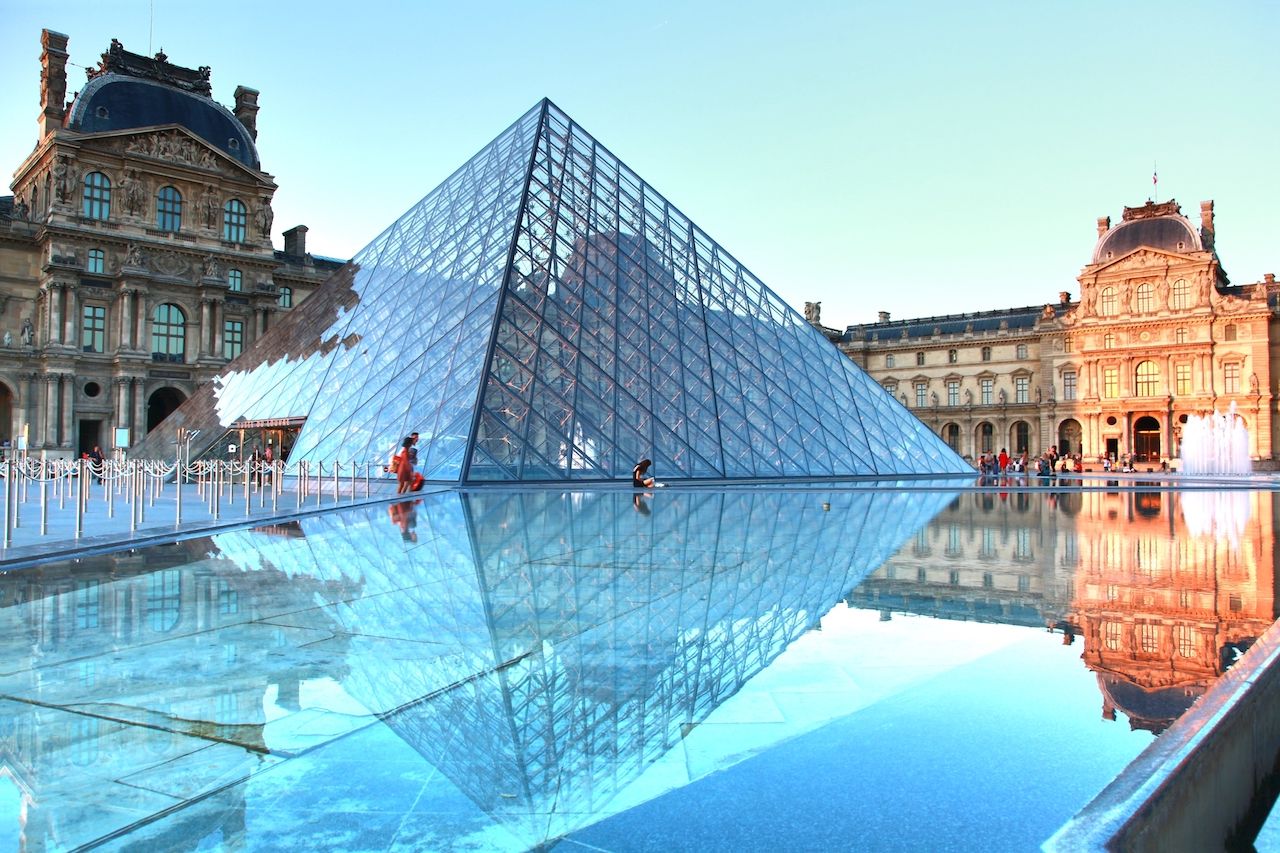
Photo: toiletroom/Shutterstock
- The Louvre is set to reopen on July 6, 2020.
- Museum-goers will not be able to show up at the door and purchase a ticket (except outside of peak hours, but we don’t recommend you line up on the off chance). Instead, they will be required to book a time slot online in advance. Note that booking online is two euros (about $2.30), which is more expensive than buying a ticket in-person at the museum, but your choice is now extremely limited.
- Visitors older than 11 will need to wear their own mask for the duration of their visit, and everyone will be asked to disinfect their hands upon entry.
- Social-distancing rules will be applied in the museum. To avoid overcrowding, there will be an itinerary for visitors to follow thanks to signs placed in the museums, and some of the rooms will be closed to the public (French sculptures of the Middle Ages and Renaissance; decorative arts during the Renaissance, and the 18th and 19th century; arts of Africa, Asia, Oceania, and the Americas; lower level of the Islamic Art department; and level two of the French and Northern European painting collections.)
- Hours will be reduced to 9:00 AM-6:00 PM every day except Tuesdays when the museum is closed.
- Entry will only be permitted through the Pyramid.

Photo: Luciano Mortula – LGM/Shutterstock
- The Metropolitan Museum of Art’s Fifth Avenue location is scheduled to reopen on August 29, pending state and city approval. The Met Cloisters will reopen in September.
- Visitor capacity will be reduced to accommodate social distancing.
- Every visitor older than two years old will be required to wear a face covering, hand-sanitizing stations will be available, and social distancing will be monitored.
- There will be no tours, lectures, or any other events for the rest of the year.
The British Museum, London

Photo: Alex Segre/Shutterstock
- There is no current date for the reopening of The British Museum or any other public gallery or museums in the UK.
The Vatican Museums and Gardens, Rome

Photo: cge2010/Shutterstock
- The Vatican Museums and Gardens, including The Sistine Chapel, Raphael’s Rooms, the Apostolic Palace, reopened their doors on June 1, 2020.
- Visitors must book their timed tickets online in advance. Previously, online booking cost four euros ($4.50), but it is now free of charge.
- If your booked ticket says 10:00 AM, you won’t be able to enter before that time (we recommend you arrive early anyways), but you will not be permitted entry after 10:15 AM and there’ll be no refund possible.
- Opening hours have been reduced to Monday-Thursday from 10:00 AM to 8:00 PM with last entry at 6:00 PM, and Friday and Saturday from 10:00 AM to 10:00 PM with last entry at 8:00 PM.
- Masks must be worn for the entirety of the visit, and each visitor will have their temperatures taken. If the reading is above the normal 37.5°C (98.6°F), entry will be denied. Disinfectant gel dispensers will be available.
- Social distancing will be enforced by the Swiss Guards.
- Guided tours and group visits will still be available but must be limited to 15 people who follow the social distancing rules.
MoMA, NYC
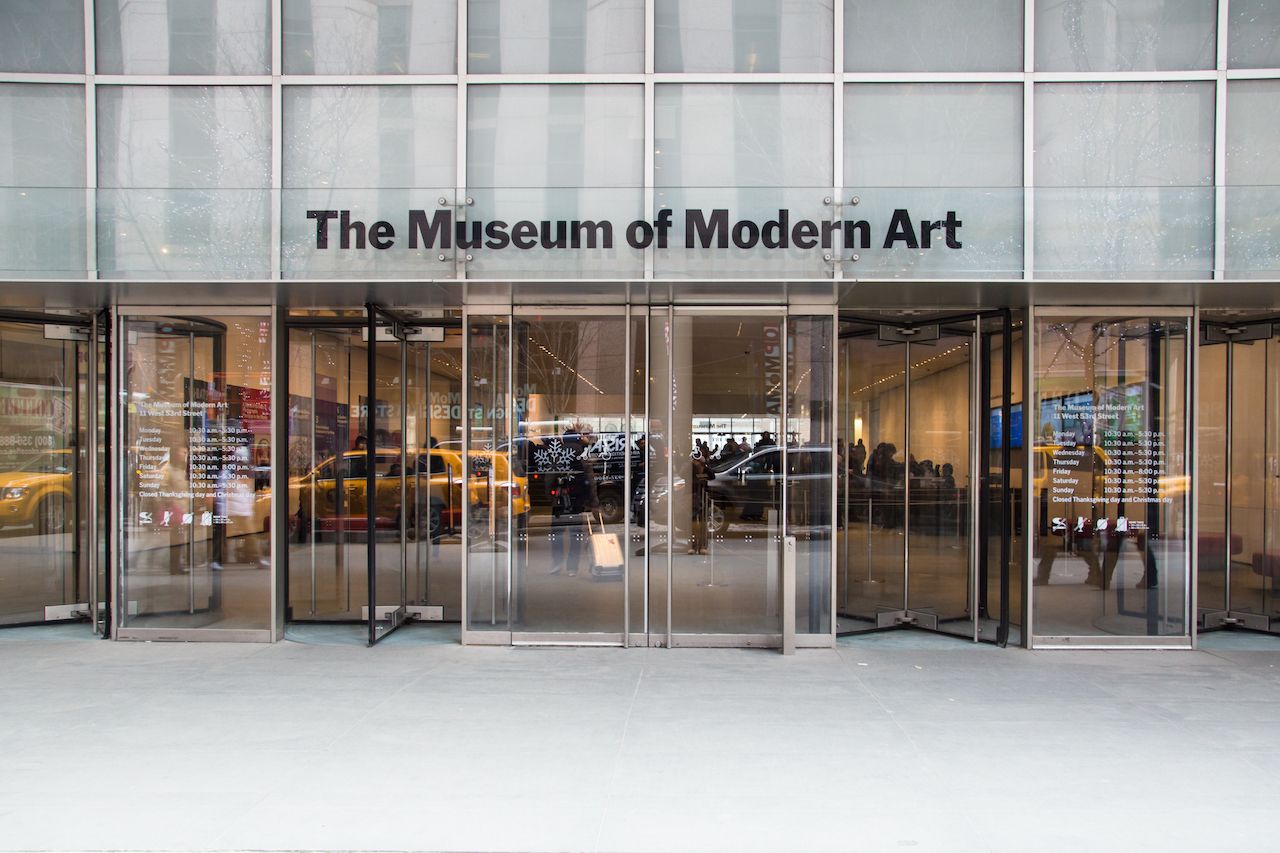
Photo: littlenySTOCK/Shutterstock
- The Museum of Modern Art has not yet announced a date for its reopening, but in early May, MoMA director Glenn Lowry said that the museum will likely reopen between July and September.
- According to The Art Newspaper, timed ticketing and a limit to 1,000 visitors at a time are among the measures MoMA is considering.
Rijksmuseum, Amsterdam
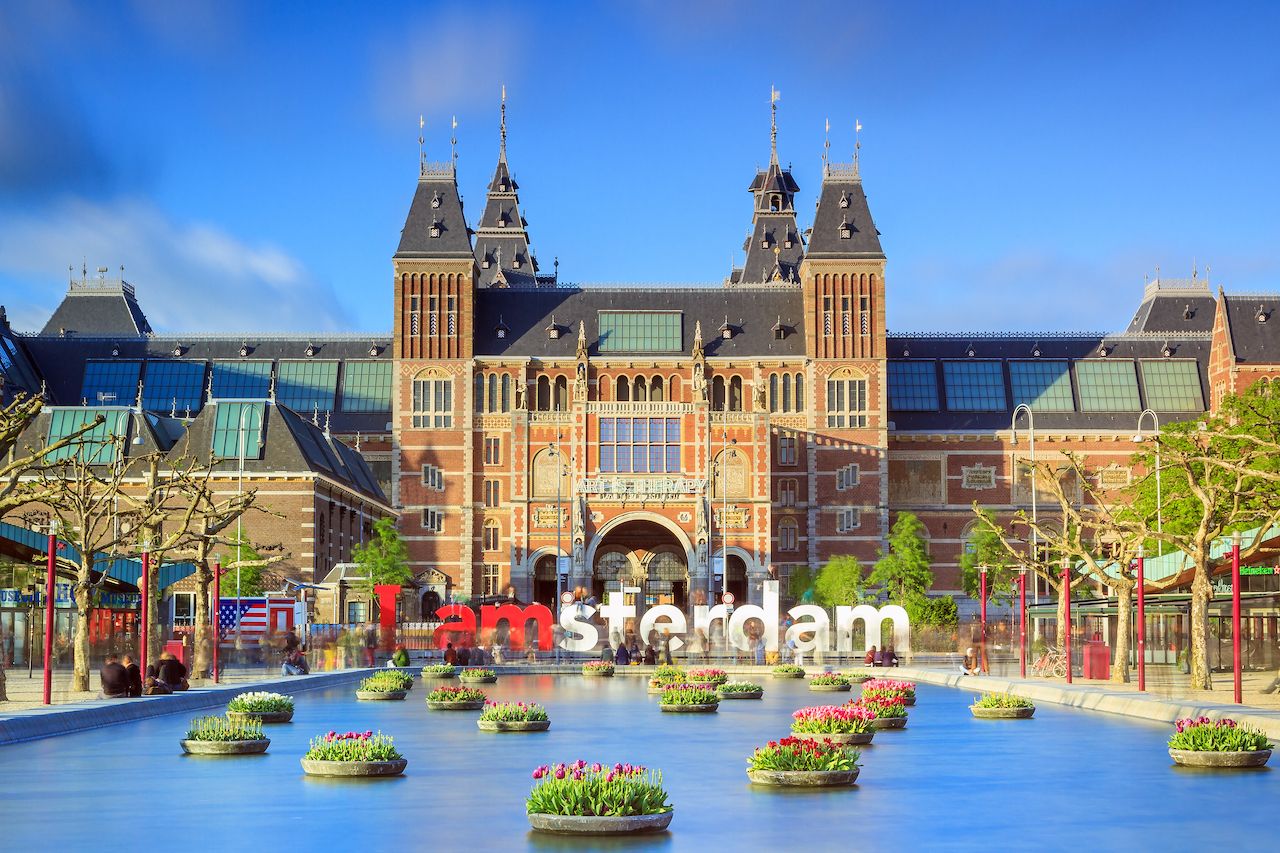
Photo: Dennis van de Water/Shutterstock
- The Rijksmuseum reopened its doors on June 1, 2020.
- Museum-goers are required to book timed-entry tickets online before their visit. The price has been reduced from 20 to 19 euros ($22.45 to $21.30). A maximum of six tickets can be purchased at a time.
- All areas of the museum are open except the library.
- Disinfectant gels will be available throughout the museum.
- There are currently no guided tours or group activities available.
- Arrows throughout the museum guide visitors down a one-way route. This is meant to maintain social distance between visitors. The museum has also set up three highlights routes that visitors can follow if they wish to see the best of the museum in an easy and safe manner.
- Audio guides are still available and will be disinfected after each use, but the museum’s app provides the same information via your phone and your own headphones.
Smithonian museums, galleries, and zoo, Washington, DC
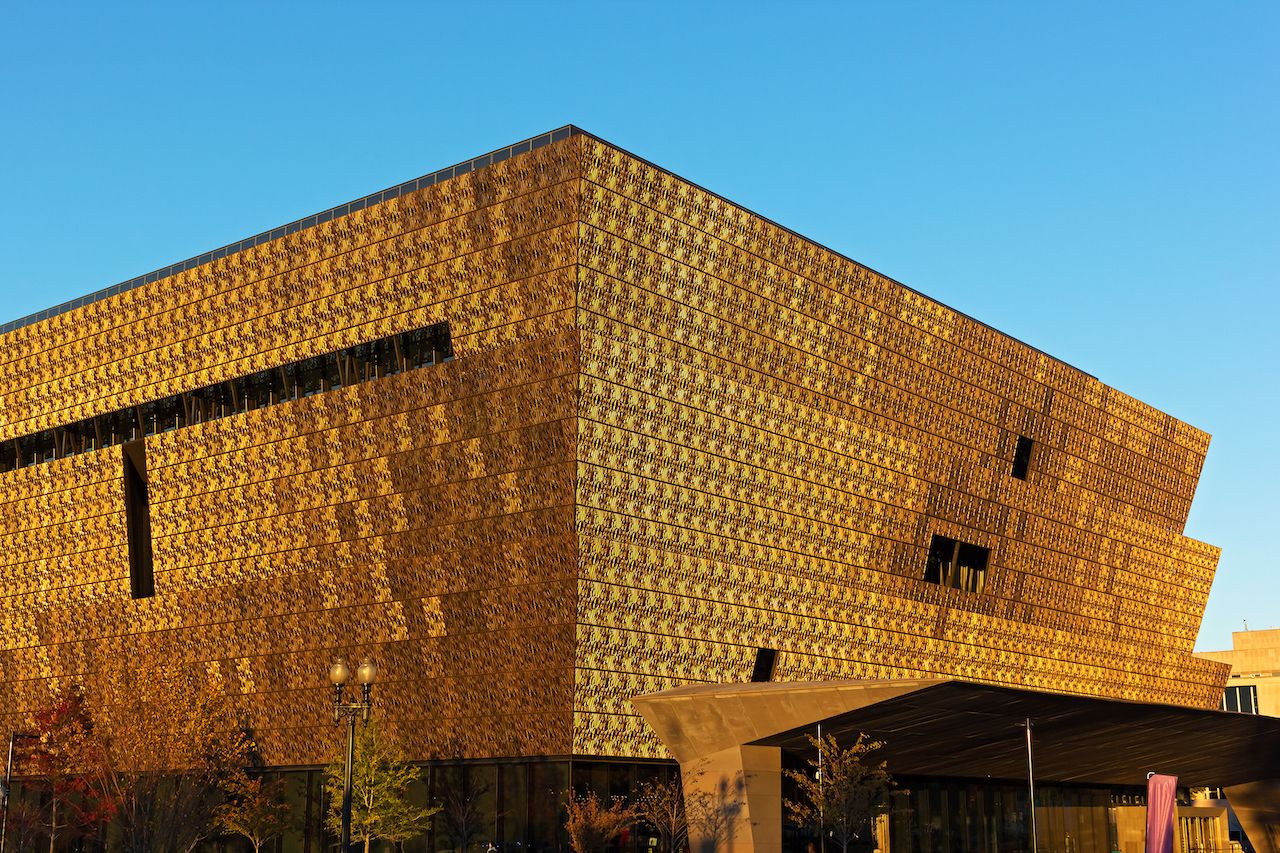
Photo: Andrei Medvedev/Shutterstock
- The 17 museums and national zoo belonging to the Smithsonian in Washington DC are currently closed with no opening date announced. The two Smithonian museums in New York City will also remain closed until further notice.
The Prado, Madrid

Photo: Anibal Trejo/Shutterstock
- The Prado reopened on Saturday, June 6, 2020.
- Like everywhere else, The Prado requires that museum-goers purchase timed tickets online at least 24 hours before their visit. Only 1,800 tickets will be sold daily compared to the 8,000 to 9,000 tickets sold before the pandemic.
- The ventilation system in the museum has been upgraded, masks and social distancing will be mandatory, and visitors will have their temperatures checked before entry.
- The cloakroom and audio guides are not available at this time.
- The Financial Times reported that The Prado will only show around 250 artworks compared to the usual 1,400. Those pieces will be hung differently than usual, closer together to permit a better flow of visitors in search of the highlights.
The Guggenheim Museum, NYC
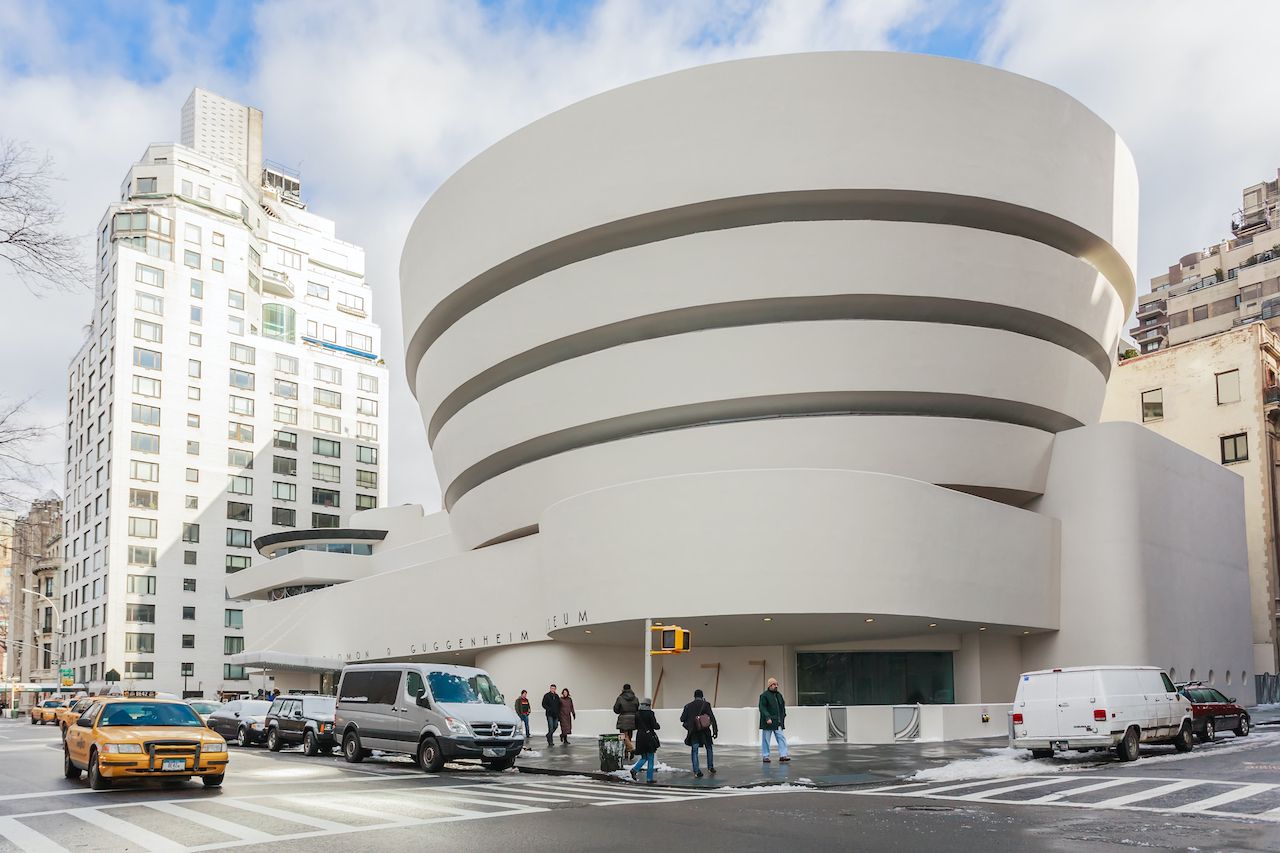
Photo: Tinnaporn Sathapornnanont/Shutterstock
- The Guggenheim Museum is currently closed, and there is no date set for its reopening; however, the museum encourages fans to purchase tickets online in advance. For every advance ticket purchased the Guggenheim will donate a family pass to an essential worker.
State Hermitage Museum, St. Petersburg

Photo: dimbar76/Shutterstock
- The State Hermitage Museum is currently closed with no scheduled date for reopening. According to The Art Newspaper, Mikhail Piotrovsky, the director of the State Hermitage Museum, is hoping to model the museum’s reopening on the reopenings of other European museums if the measures prove effective.
A version of this article was previously published on June 19, 2020, and was updated on July 20, 2020, with more information.